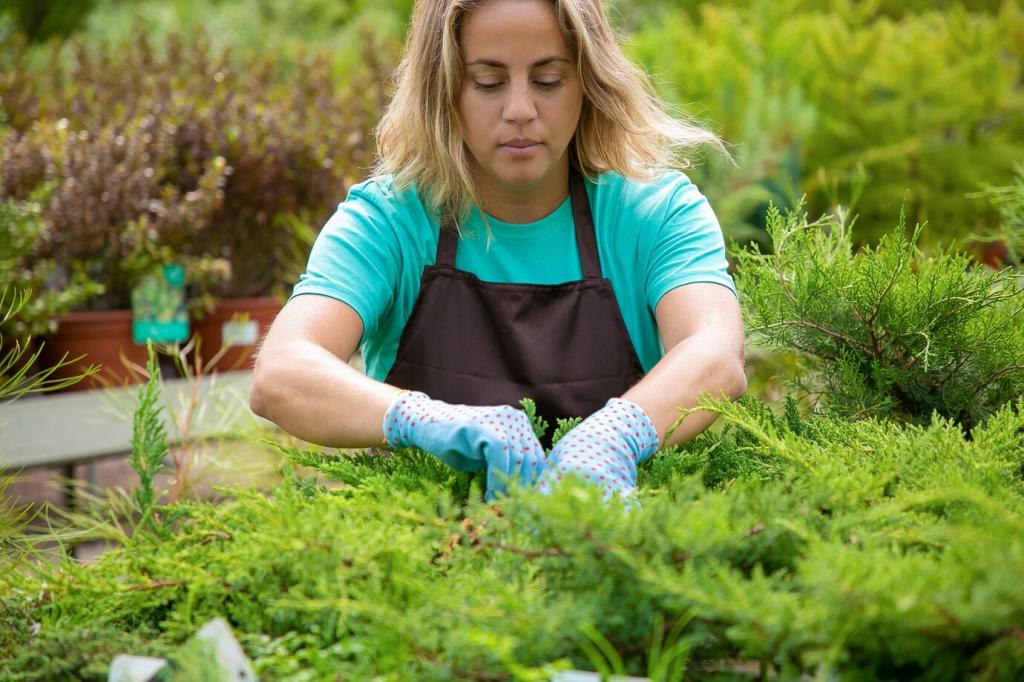Know Your Climate and Your Vision
Start by identifying whether you live in a cool-season, warm-season, or transition zone. The right seed selection for lawn beginners hinges on climate, because some grasses love frost-kissed mornings, while others crave long, hot summers and intense sunshine.
Know Your Climate and Your Vision
Do you picture weekend soccer, a low-input meadow look, or a manicured showcase? Seed selection tips for lawn beginners always begin with lifestyle, because wear tolerance, maintenance needs, and visual texture vary dramatically across species and mixes.












